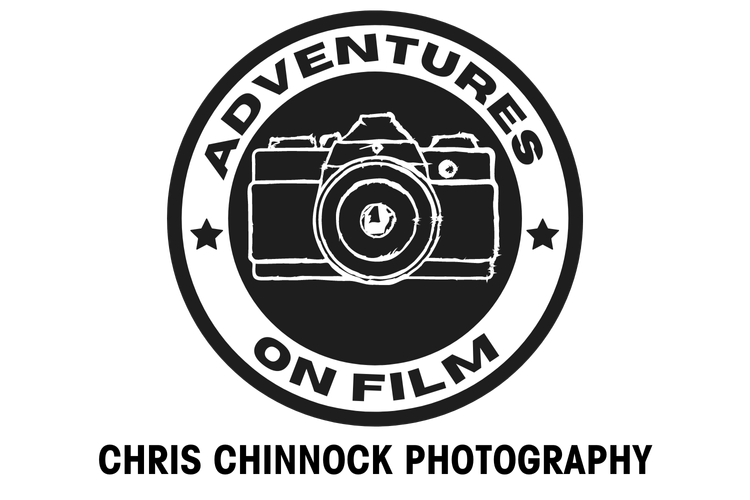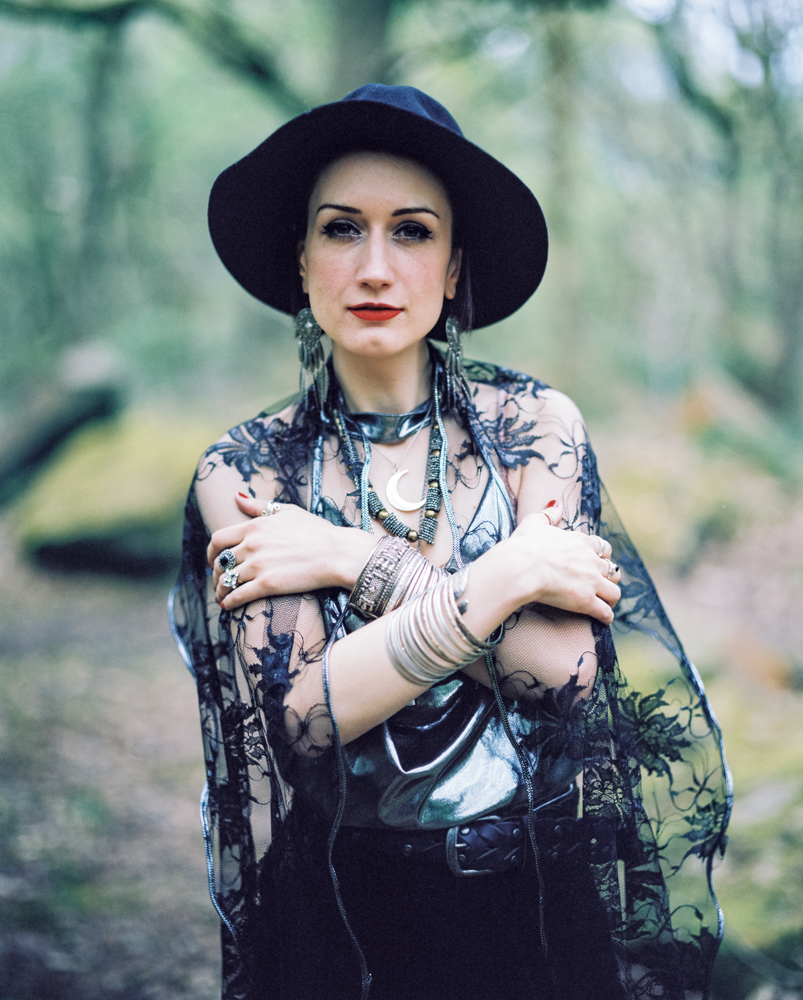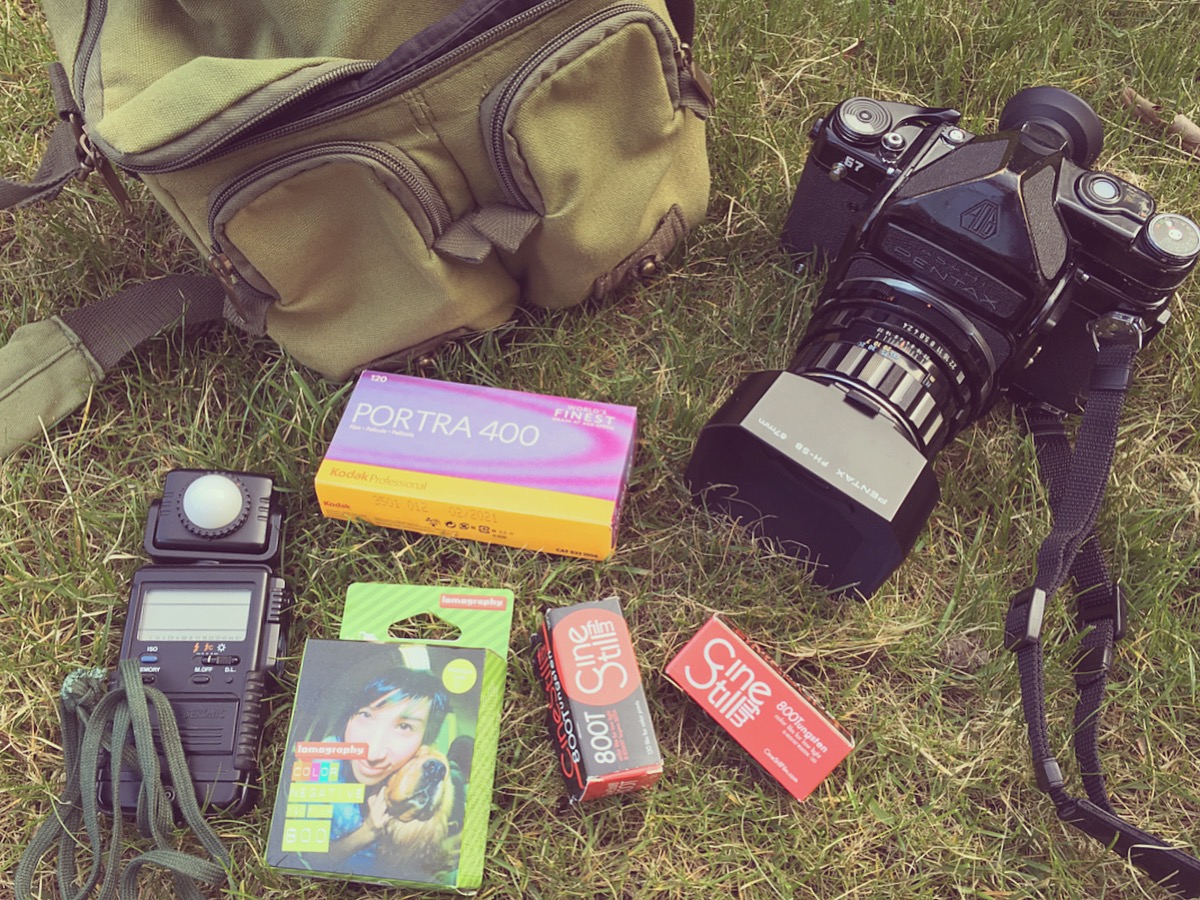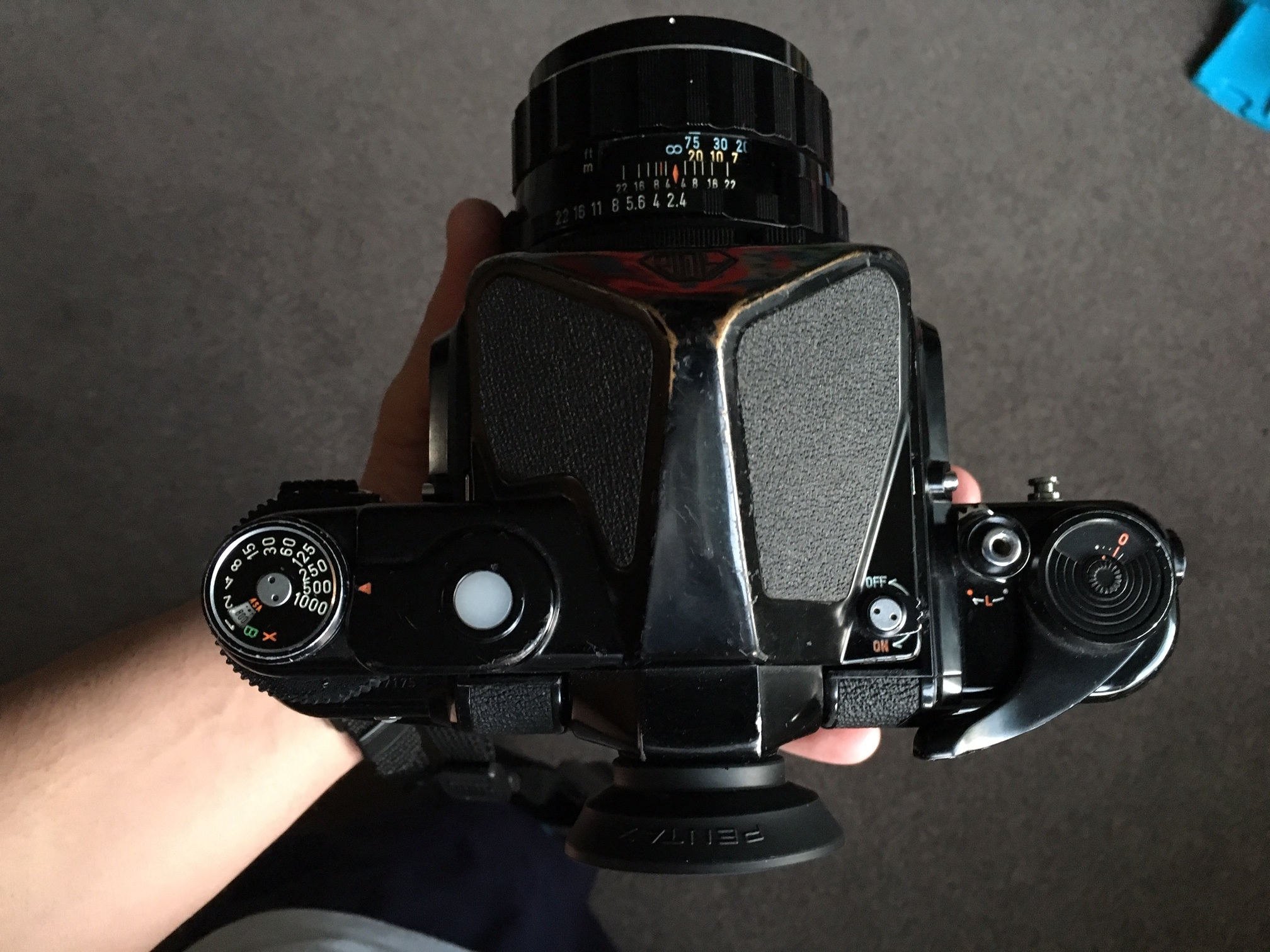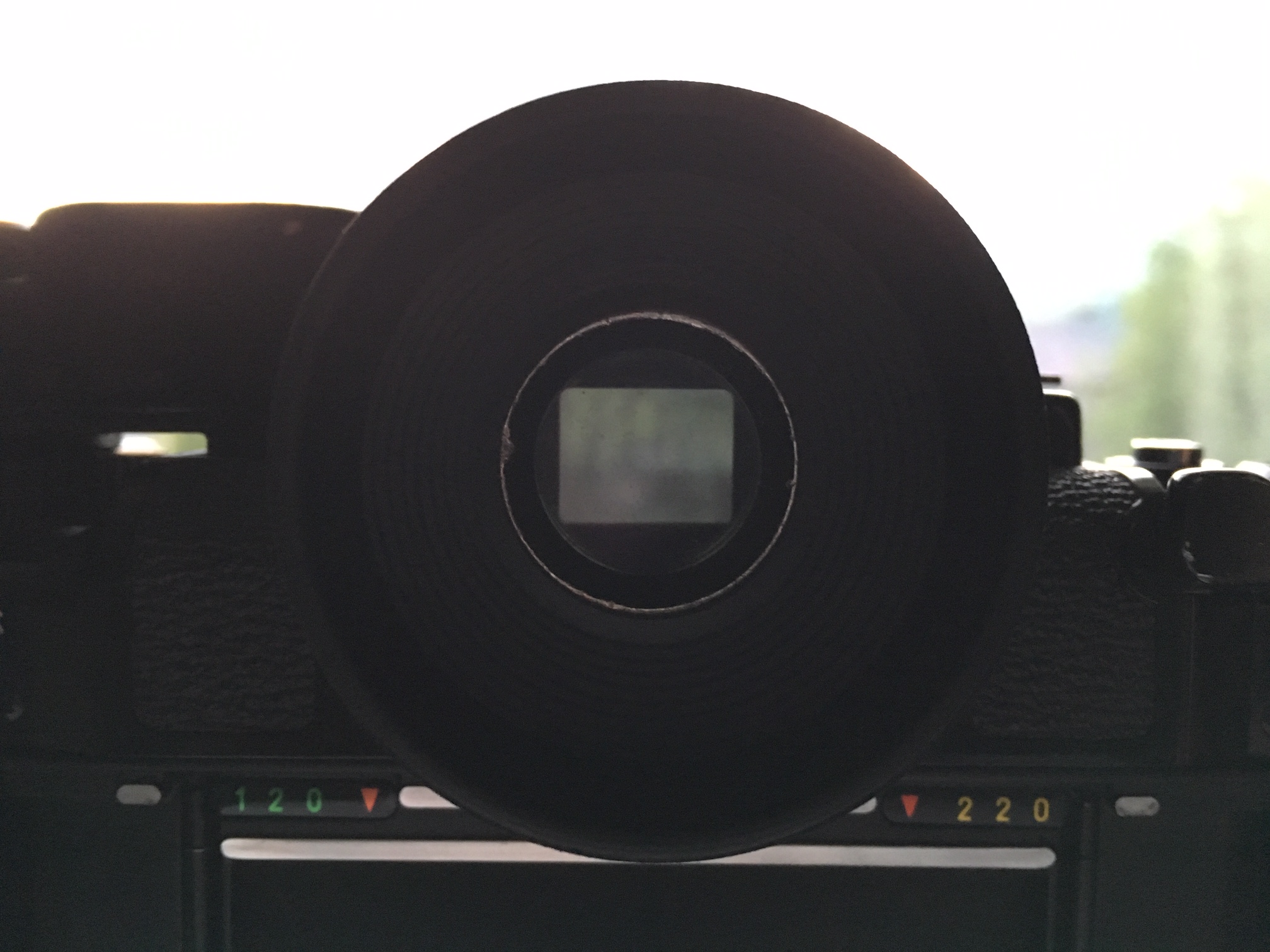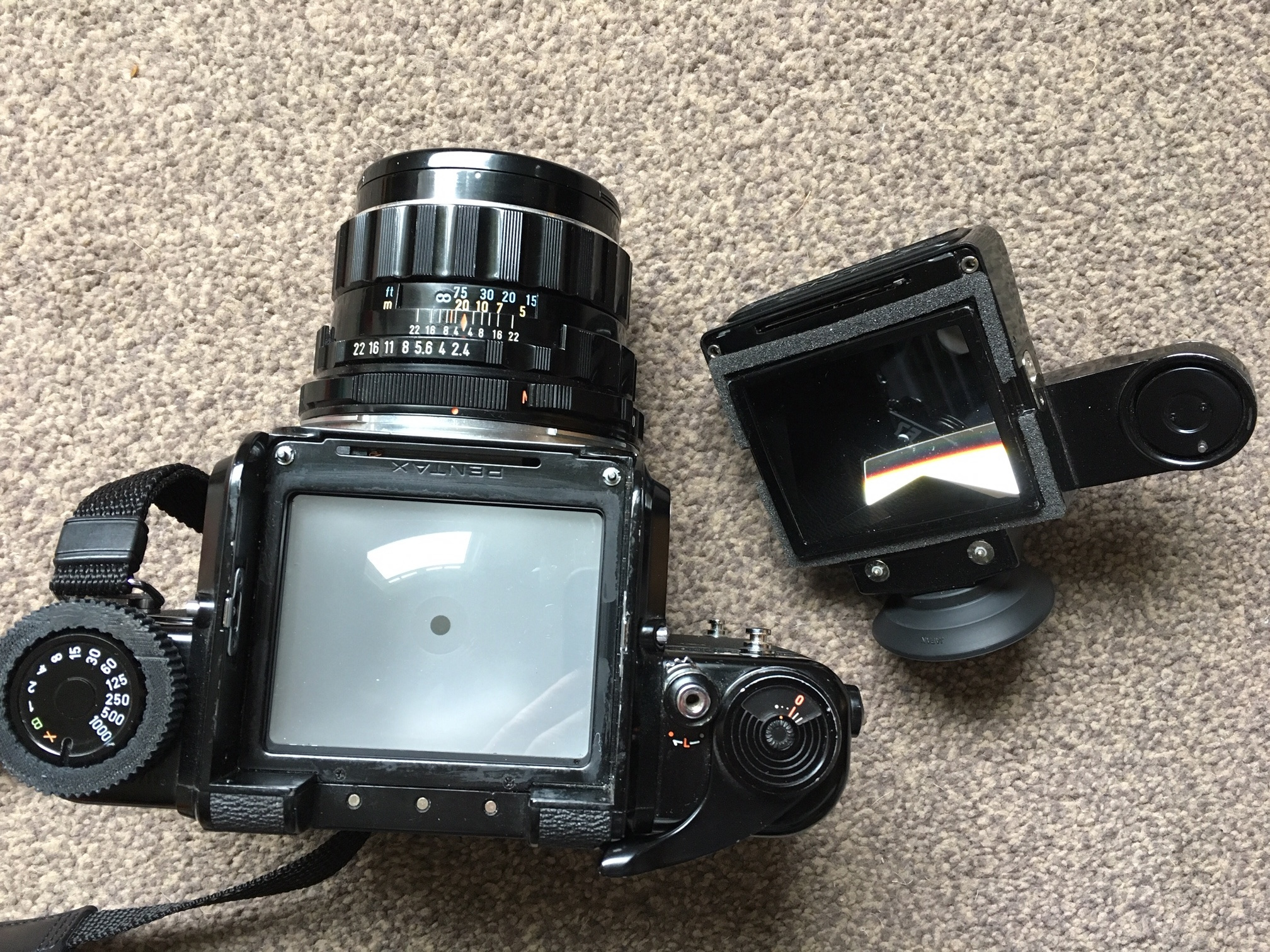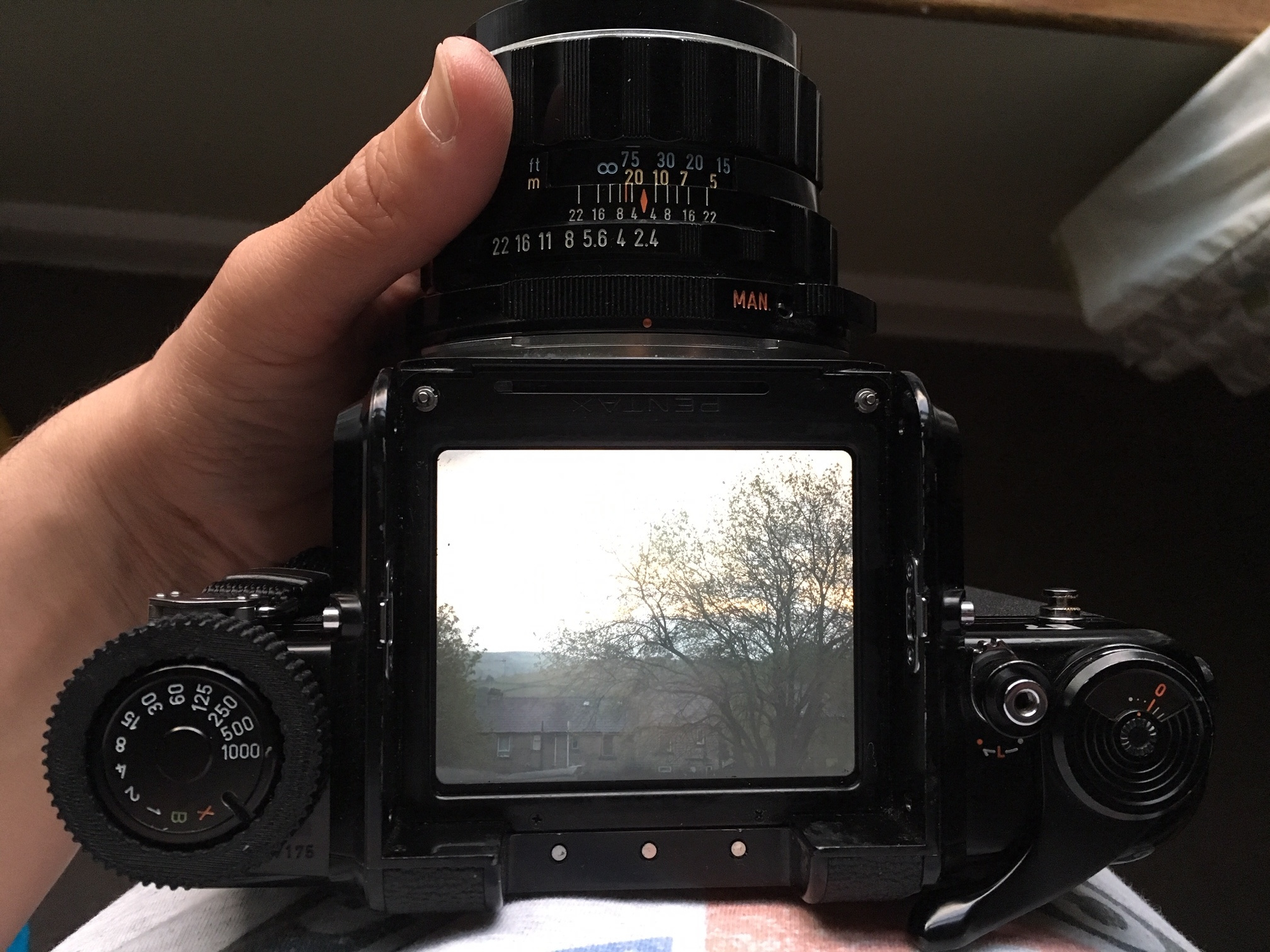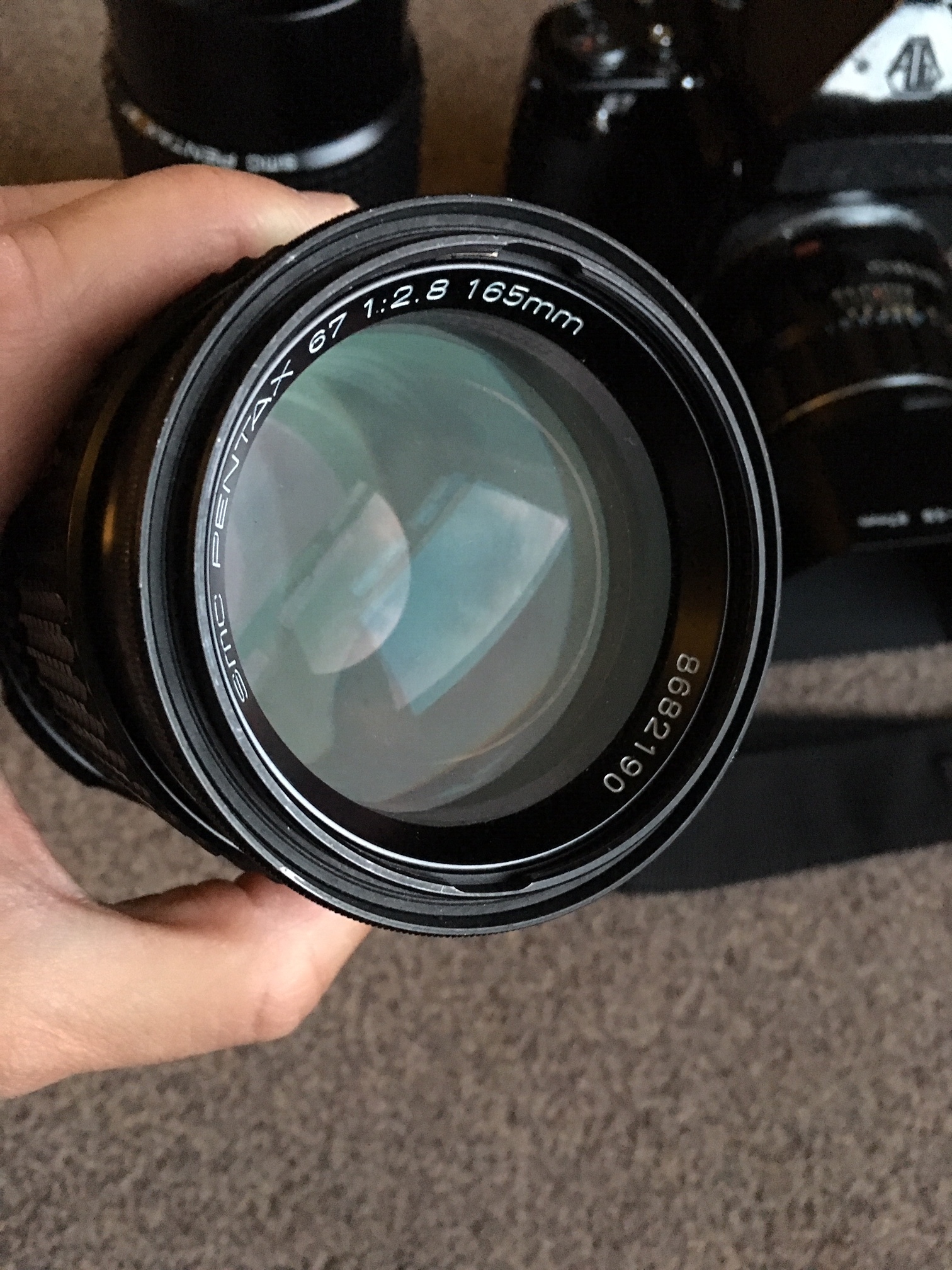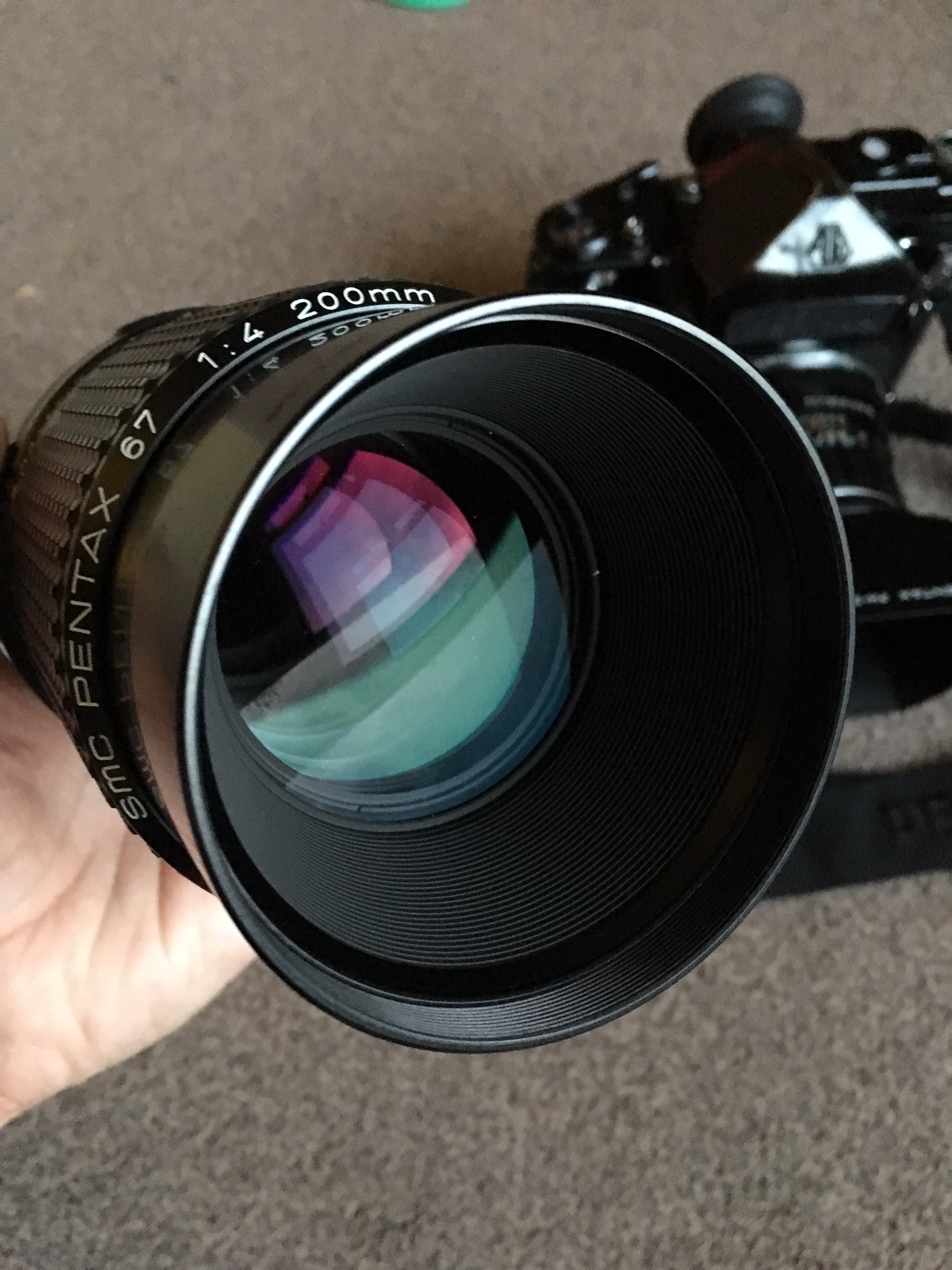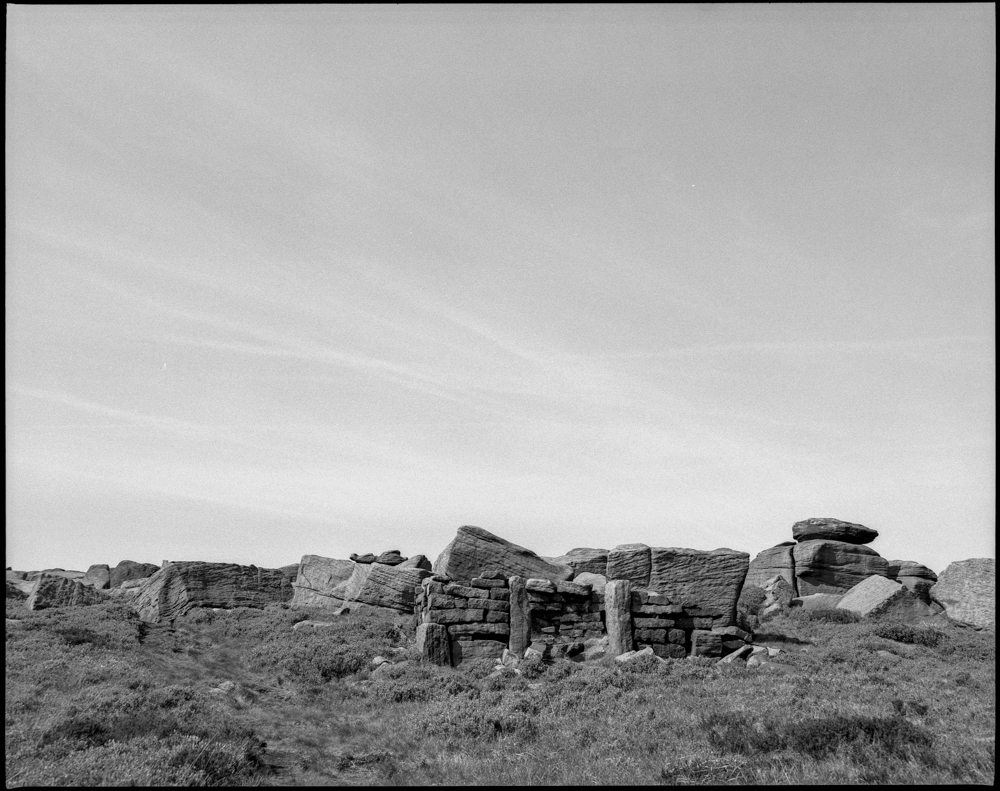There is a school of thought which advocates only shooting one camera and one lens in order to fully focus on your creative process which in the case of portraiture is about connecting with your subject. I have subscribed to this view for a long time - minimise your kit and maximise your attention on being present rather than spending time deciding which lens/camera to use next. Makes good sense and it absolutely works!
But during COVID as the restrictions meant that opportunities to shoot became fewer and farther between ( I also realised just how important to my mental health shooting is) my mindset shifted towards one of ‘this might be the only shoot I have for X months, why not bring some more stuff’.
I’m not here to tell you what you should or shouldn’t be doing because this is all down to personal preference - for me (for now) I’m adopting the ‘more is more’ approach. Like any new practice I went overboard at first and brought too much stuff which did kind of get in my way but now I feel I’ve found a balance that works for me.
So let’s get down to business shall we? I’ve decided to split this into a two part series of blog posts about the same shoot (this is all about maximising right)? The shoot in question took place recently with a wonderful model Fae Rose someone I haven’t shot with before but absolutely will be working with again! Thank you Fae!
First up we’ve got some images from the ARAX CM using the stunning Carl Zeiss Jen Sonnar 180mm 2.8 lens.
Yikes this lens is so sharp!! Skin glows and backgrounds melt into a creamy dreamy blur. yum! I reckon this is the best portrait lens EVER made! It’s only downside is it’s size / weight - its a bit of a beast and it’s certainly not one for people who like to go unnoticed… people will think your toting a rocket launcher carrying this thing around! KABOOM!
A few words about the film stock too - I have a few rolls of Fuji Acros 100 on ice which I picked up very cheaply, WOW! I am only really now appreciating this film, its beautiful stuff… I’ll be searching out more and also checking out the new version too!
And now some 35mm shots from the Nikon F3 with the Nikkor 50mm 1.2 loaded with Rollei Retro 80S.
Yikes again!! Loving the results on 35mm film too - I only recently got the 50mm 1.2 and it is a stunner! I’ve shot Rollei Retro 80S before and again it does not disappoint - it has a very crisp, punchy contrasty look which is unique.
I am over the moon with how shots from both cameras came out - it’s given me two quite different look and feel with the different formats, social lengths and film stocks.
Ironically I decided not to swap lenses on either camera on this shoot (but I was glad to have the option to do so)
So what the heck was all that about then? Well, on one level I think it’s purely about 'what the hell is the point in owning all this stuff if you’re not shooting with it’ and on another level it’s about the final vision - offering different creative possibilities.
I am not advocating just taking LOADS of camera gear, throwing the kitchen sink at your concept and seeing what happens, I am however suggesting that if you put some thought into your shoots upfront you can select some kit that will help you realise your vision.
